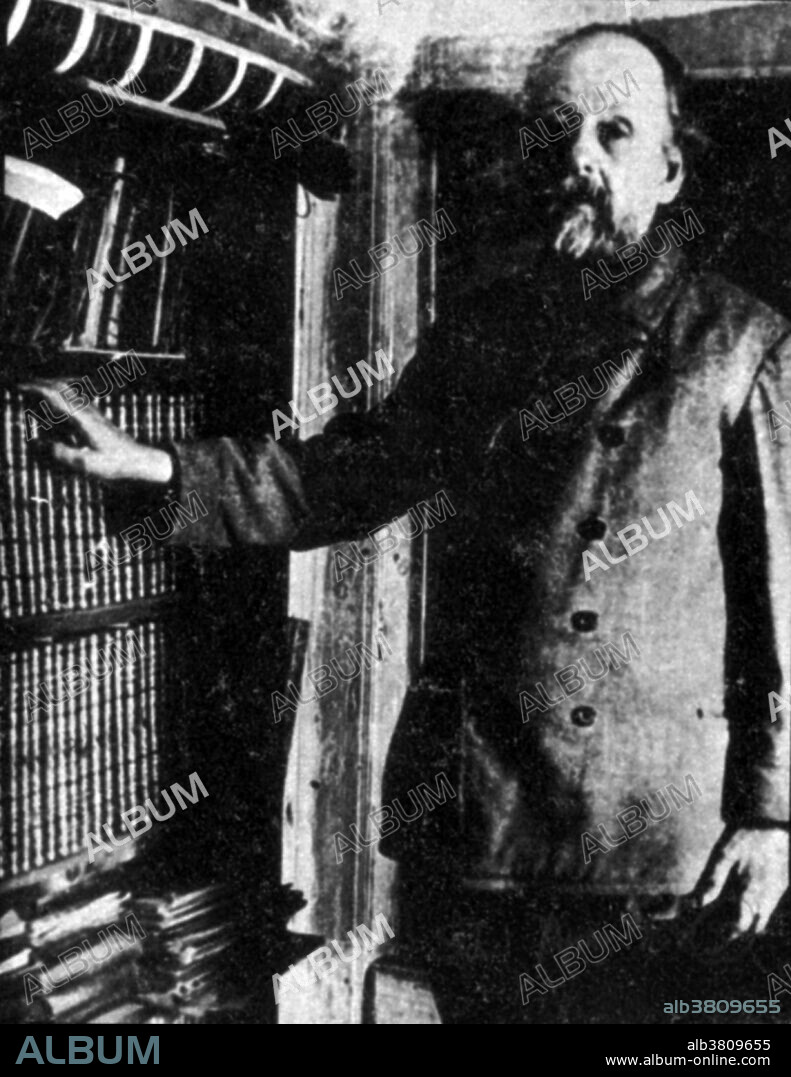alb3809655
Konstantin Tsiolkovsky, Rocket Scientist

|
Zu einem anderen Lightbox hinzufügen |
|
Zu einem anderen Lightbox hinzufügen |



Haben Sie bereits ein Konto? Anmelden
Sie haben kein Konto? Registrieren
Dieses Bild kaufen

Titel:
Konstantin Tsiolkovsky, Rocket Scientist
Untertitel:
Siehe automatische Übersetzung
Portrait of Tsiolkovsky taken in 1934. Konstantin Eduardovich Tsiolkovsky (September 17, 1857 - September 19, 1935) was a Russian Soviet rocket scientist and pioneer of the astronautic theory. He is considered to be one of the founding fathers of rocketry and astronautics. He published works on space travel, designs for rockets with steering thrusters, multi-stage boosters, space stations, airlocks for exiting a spaceship into the vacuum of space, and closed cycle biological systems to provide food and oxygen for space colonies. He championed the idea of the diversity of life in the universe, and was the first theorist and advocate of human space exploration. He never built a working rocket, but his work was highly influential in the development of Soviet rocket and space technology. He supported the Bolshevik Revolution, and the new Soviet government eagerly promoted science and technology. In 1918 he was elected as a member of the Socialist Academy, and in 1921 received a lifetime pension. He spent most of his life in a log house on the outskirts of Kaluga, about 120 miles southwest of Moscow. A recluse by nature, he appeared strange and bizarre to his fellow townsfolk. He died in 1935 at the age of 78.
Bildnachweis:
Album / Science Source / New York Public Library
Freigaben (Releases):
Model: Nein - Eigentum: Nein
Rechtefragen?
Rechtefragen?
Bildgröße:
3600 x 4662 px | 48.0 MB
Druckgröße:
30.5 x 39.5 cm | 12.0 x 15.5 in (300 dpi)
Schlüsselwörter:
 Pinterest
Pinterest Twitter
Twitter Facebook
Facebook Link kopieren
Link kopieren Email
Email
